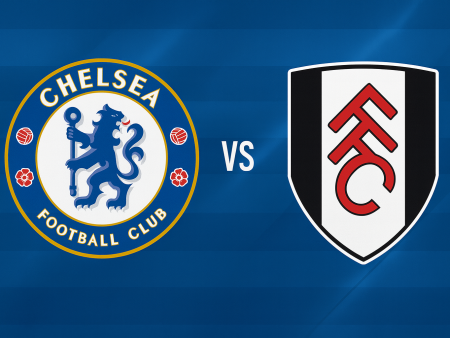Understanding Germany's 50+1 Rule: Safeguarding Club Ownership in the Bundesliga
In recent years, Germany's unique approach to football club ownership has come under the spotlight, particularly for its role in keeping major Bundesliga clubs away from controversial projects like the proposed European Super League. Central to this approach is the 50+1 rule-a regulation that ensures clubs prioritize the voices of their supporters and members over external investors. But what exactly does this rule involve, and how does it shape German football? Let's explore the details and its wider impact.
What Is the 50+1 Rule?
The 50+1 rule is a fundamental provision enforced within Germany’s top-tier football system, the Bundesliga. The regulation requires that football clubs retain a majority control of their own voting shares-at least 50%, plus one share. This structure ensures that club members, who may include fans and local communities, retain ultimate authority over key decisions rather than ceding power to outside investors.
- Clubs must own at least 50% of their own shares, plus an additional one share.
- This ownership structure prevents any single private entity or investor from holding the reins of club operations and decision-making.
- The rule directly links supporters to club management, giving them a formal say in the direction and values of their teams.
This setup starkly contrasts with the model present in many other European leagues, where investors and business moguls can obtain controlling stakes, sometimes leaving clubs susceptible to purely commercial interests that may not coincide with fan priorities.
The Impact of the 50+1 Rule on German Football
The 50+1 rule has far-reaching consequences for the culture and stability of German football. By prioritizing member ownership, the system cultivates a strong sense of community and guards against abrupt, self-serving changes from external investors.
Notable effects include:
- **Fan Influence:** Supporters have a genuine voice in club decisions, including leadership strategy, ticket pricing, and community programs.
- **Club Stability:** By limiting takeovers, clubs rarely face the drama of ownership battles or abrupt philosophical changes.
- **Prevention of Breakaway Moves:** When initiatives like the European Super League emerged, the rule made it nearly impossible for German clubs to join without overwhelming support from their members-support that did not materialize.
- **Sustained Club Identity:** Clubs retain their histories, traditions, and local ties, as major decisions require member approval.
This approach not only differentiates the Bundesliga culturally, but also contributed significantly to the collapse of the proposed European Super League. German giants stayed out, largely because the rule ensured fans and club members could voice their strong opposition.
Why Does Germany Have the 50+1 Rule?
Germany’s football authorities implemented the 50+1 rule as a precautionary measure against potential abuses by external stakeholders. The regulation arose from a deep-seated belief in community ownership and fan involvement-a tradition that extends through most levels of German football. By law, clubs are encouraged to be more than profit-driven organizations; they exist as social institutions with responsibilities to their supporters and communities.
- The rule helps maintain competitive balance within the league.
- It reduces the risk of reckless spending that can endanger clubs’ long-term futures.
- The system encourages clubs to engage more deeply with local supporters and grassroots football, creating a uniquely German sporting culture.
Comparing Ownership Models Across Europe
Germany’s model stands in contrast to the dominant practices in countries such as England, Spain, and Italy, where private investors often own entire clubs.
| Country/League | Ownership Structure | Supporter Influence |
|---|---|---|
| Germany (Bundesliga) | Minimum 50% + 1 share member ownership required | Very high |
| England (Premier League) | Open to 100% private ownership (individuals or companies) | Low to moderate (varies by club) |
| Spain (La Liga) | Mostly private ownership, though some member-owned clubs exist (e.g., FC Barcelona) | Low to high (club dependent) |
| Italy (Serie A) | Mostly private ownership | Low |
This comparison highlights how the Bundesliga’s system places far greater emphasis on fan involvement than its European peers.
The 50+1 Rule in Action: Notable Examples
Because of the rule, Bundesliga clubs are often more responsive to their audiences and community interests. During the European Super League controversy, for example, supporters and members ensured that German clubs such as Bayern Munich and Borussia Dortmund stood firmly against participating, marking a clear difference from clubs in leagues with more investor-oriented structures.
While there are narrowly defined exceptions and ongoing debates about whether the rule can be circumvented, member control remains the standard for the vast majority of Bundesliga teams.
Conclusion: The Lasting Value of the 50+1 Principle
Germany's 50+1 rule remains a pillar of its football culture and a model for other countries considering how to balance commercial opportunity with supporter engagement. By embedding fan and member influence into club governance, it protects not only the integrity of the game but also the identity and stability of clubs throughout the country. As debates over football ownership and priorities continue across the globe, Germany’s approach offers a compelling example of how tradition and modern sport can coexist.













